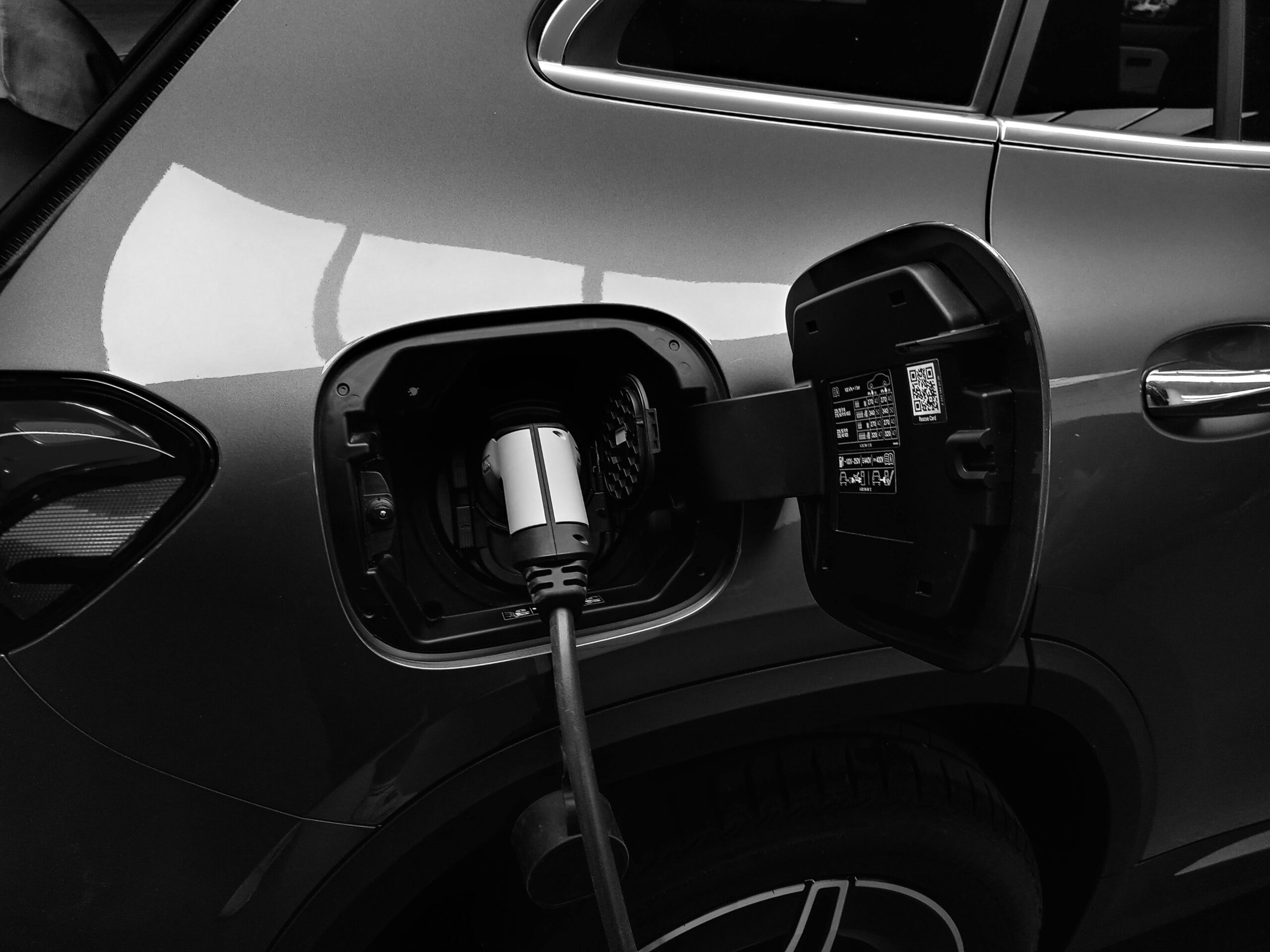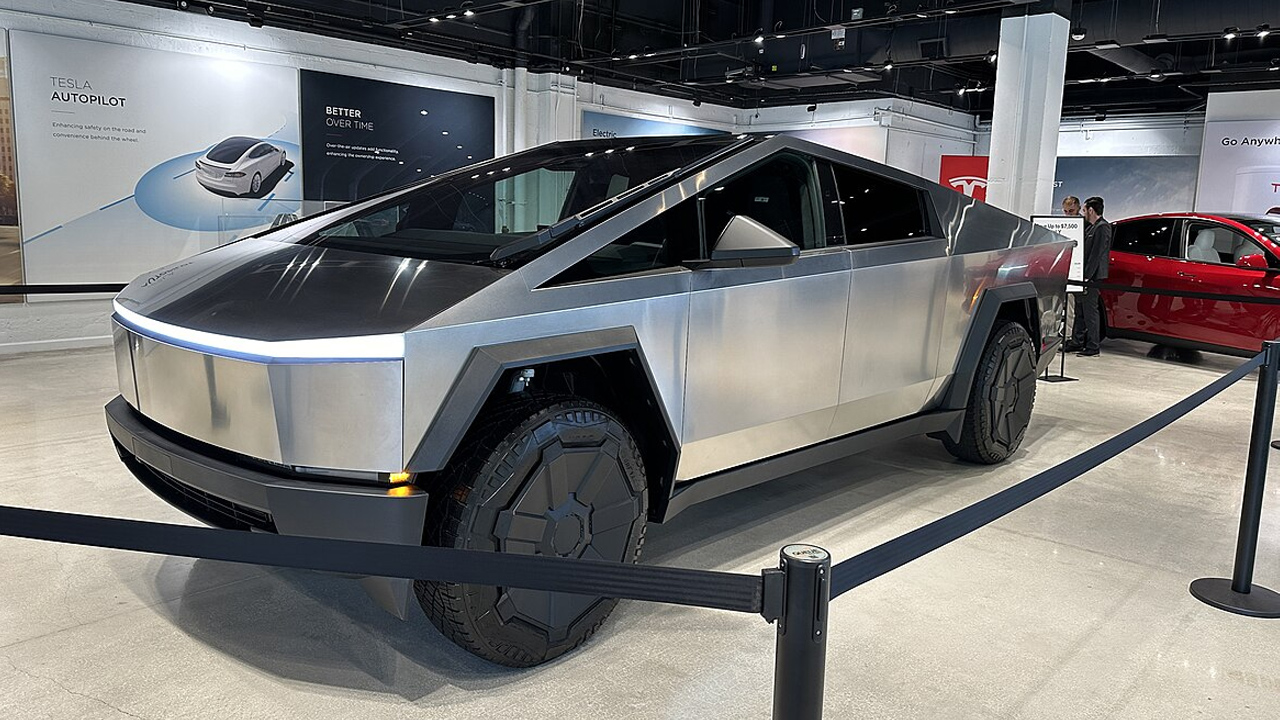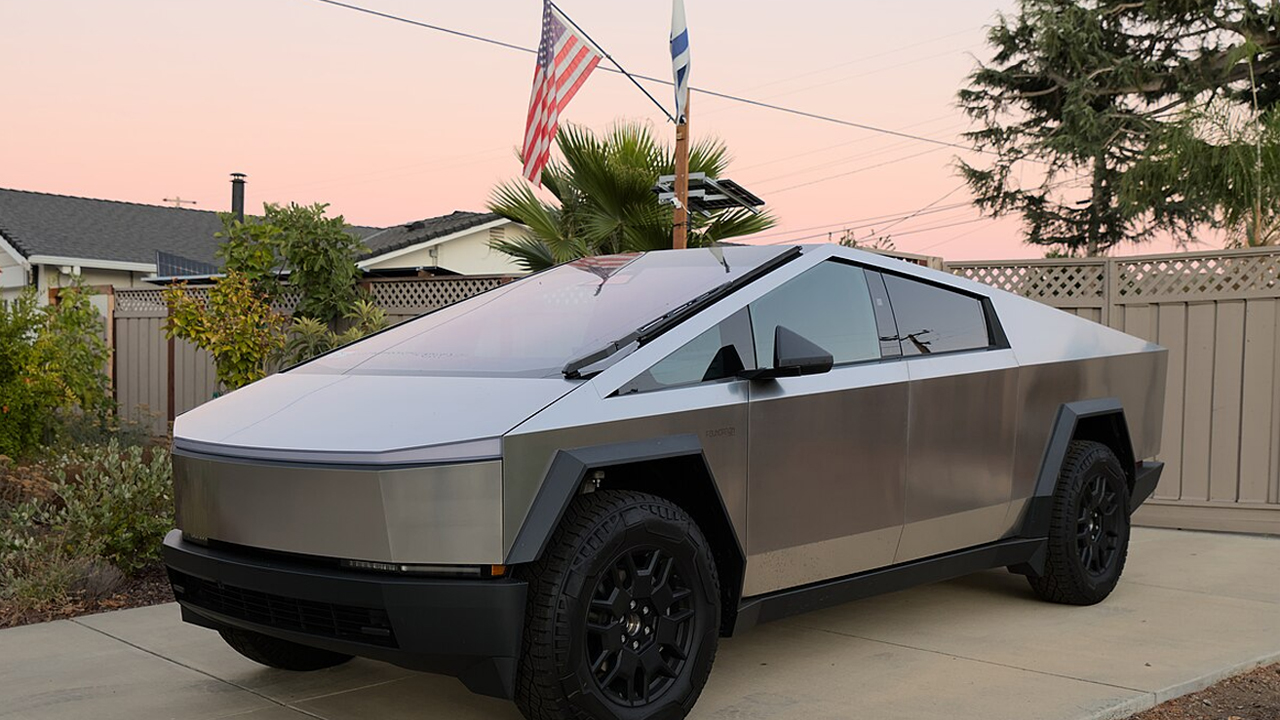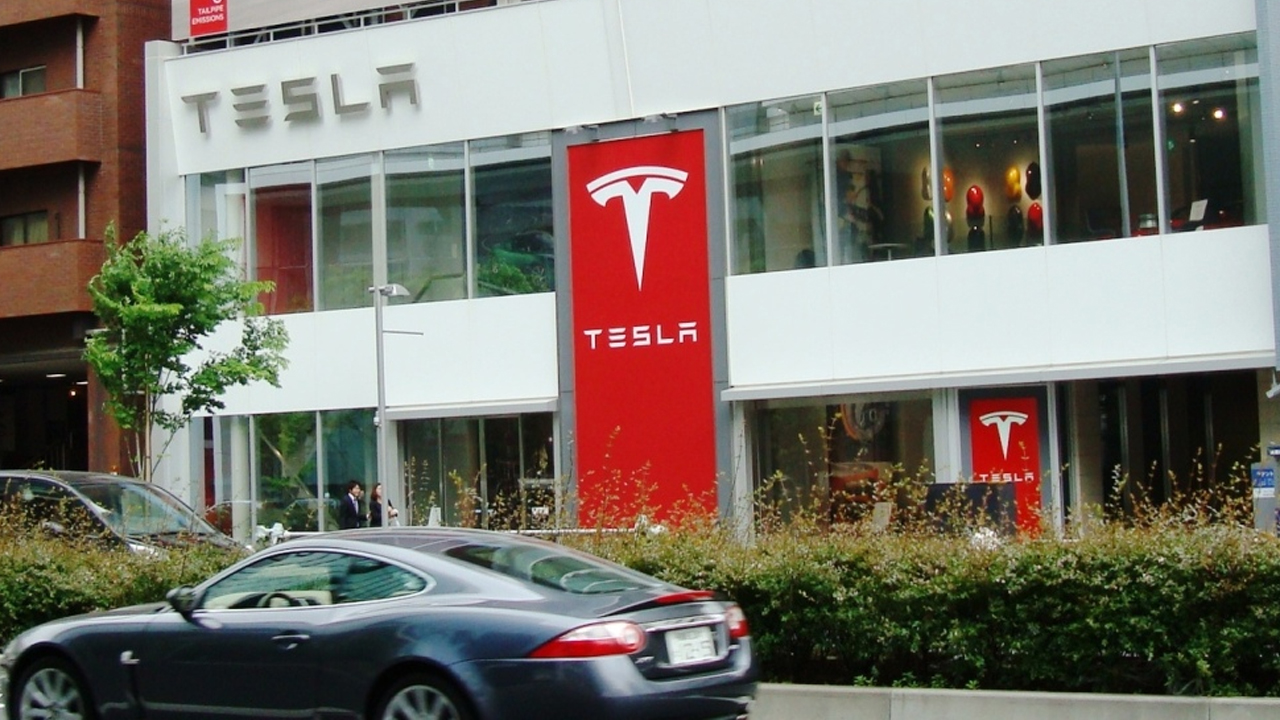Some cars are remembered for changing the game. Others… not so much. These are the ones that launched with high hopes and big promises, only to crash and burn in the spotlight. Whether it was bad timing, strange design choices, or just plain overconfidence, these vehicles never quite lived up to the hype.
The Cybertruck has stirred up plenty of opinions — and not all of them are flattering. With the way things are going, it’s sparked comparisons to the Ford Edsel, one of the most notorious launch flops in automotive history. Here’s a look at 15 legendary car launch failures, and where the Cybertruck might land among them.
1. Ford Edsel (1958)
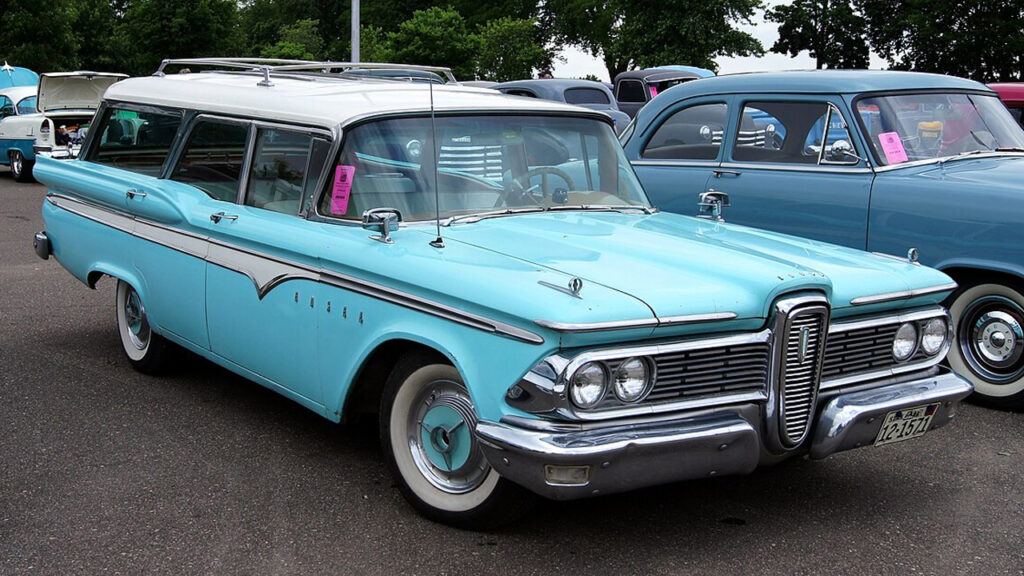
Ford’s Edsel is probably the most infamous case of a car launch going completely sideways. It was supposed to fill the gap between Ford and Mercury, but from the awkward vertical grille to a name that didn’t stick, nothing about it landed right. Add in a recession and a confused market, and it was doomed from the start.
Ford lost around $250 million on the Edsel, which is wild considering the hype leading up to its release. It’s now become the benchmark for launch failures — a reminder that even giants can miss big. (Source: Road & Track)
2. DeLorean DMC-12 (1981)

It had movie-star looks and fame thanks to *Back to the Future*, but in real life, the DeLorean was underpowered and overhyped. The gull-wing doors and stainless-steel body stood out, but the driving experience didn’t match the styling.
Combine that with quality control problems and a major legal mess involving company founder John DeLorean, and it all came crashing down fast. The car had potential but just never lived up to it.
3. Pontiac Aztek (2001)
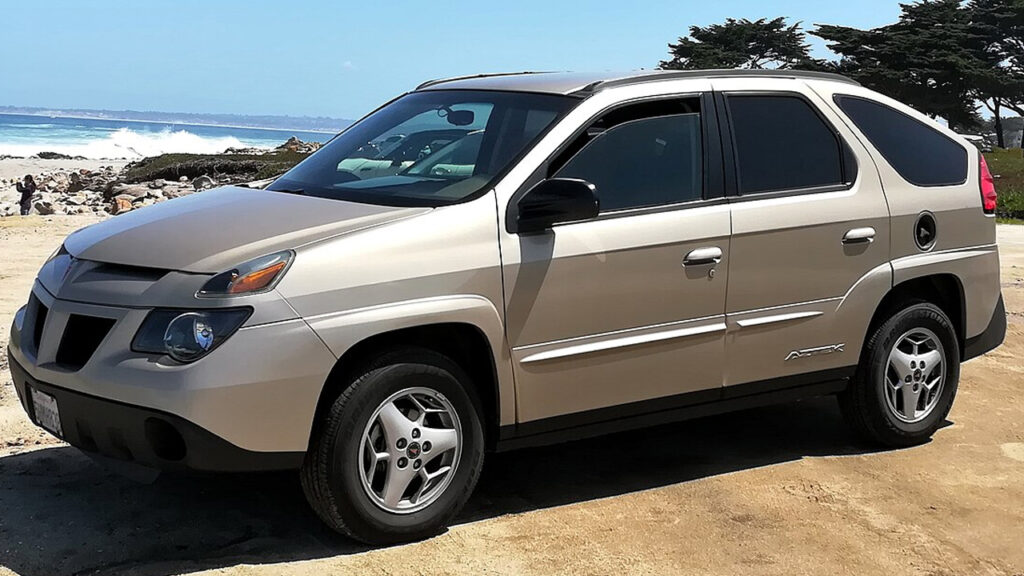
GM tried to go bold with the Aztek, hoping it would appeal to younger, adventurous buyers. Instead, it became a punchline. Its design was criticized from the moment it launched, overshadowing the fact that it was actually super functional inside.
Even though it had decent features for the time, the look was too weird for most people to get past. Sales fizzled out, and it was gone by 2005.
4. Yugo GV (1985)
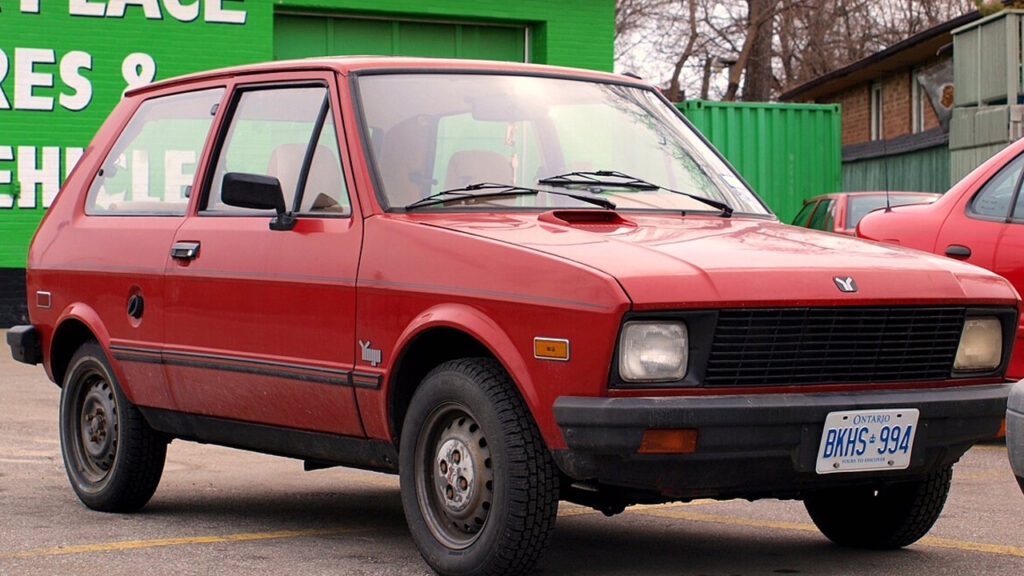
The Yugo GV came to the U.S. with a promise: a brand-new car for under $4,000. That caught attention, but the quality issues showed up almost immediately. It had frequent breakdowns, poor crash safety, and generally felt cheap because it was.
Despite its brief popularity, the car became known as unreliable and unsafe, and that reputation never recovered. By the early ’90s, the Yugo was done in the U.S.
5. Chevrolet SSR (2003)

The SSR looked like a concept car come to life — a convertible pickup with retro vibes. But when it hit showrooms, buyers were confused. It was pricey, not all that fast, and didn’t really work as a truck or a sports car.
People just didn’t know what to do with it. After three years of poor sales, Chevrolet pulled the plug.
6. Lincoln Blackwood (2002)
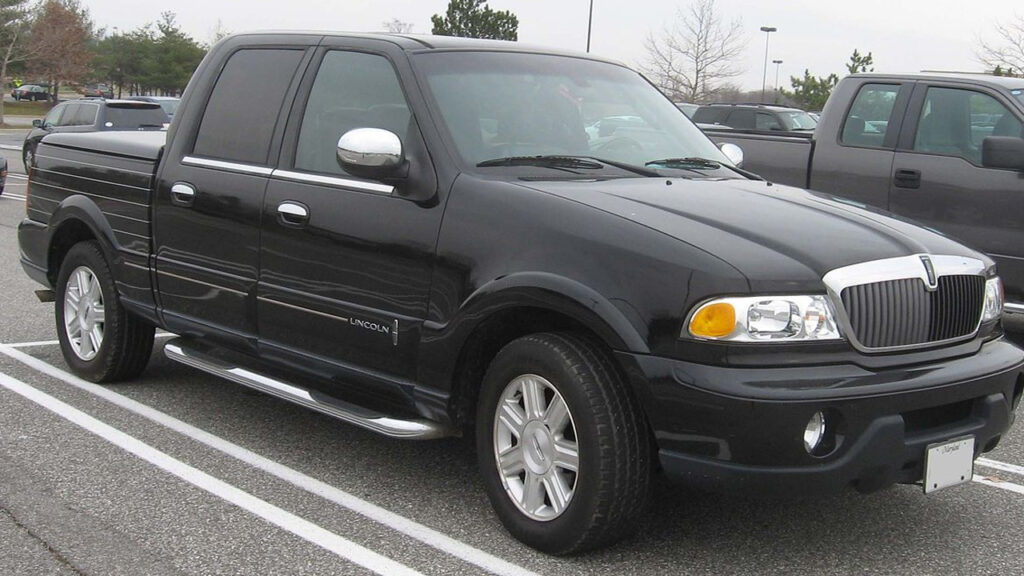
Lincoln tried to bring luxury into the pickup game with the Blackwood, but it missed the mark. The bed was carpeted and covered, which killed its usefulness, and the price was way too high for what it offered.
It looked slick but wasn’t practical, and truck buyers weren’t interested in sacrificing function for style. Fewer than 4,000 were sold.
7. c (1982)

The Cimarron is a classic case of badge engineering gone wrong. Cadillac dressed up a Chevy Cavalier, slapped on a higher price, and hoped no one would notice. But buyers absolutely noticed.
It didn’t feel premium, and critics tore it apart. It hurt Cadillac’s image for years and never found its footing in the market.
8. Aston Martin Lagonda (1976)
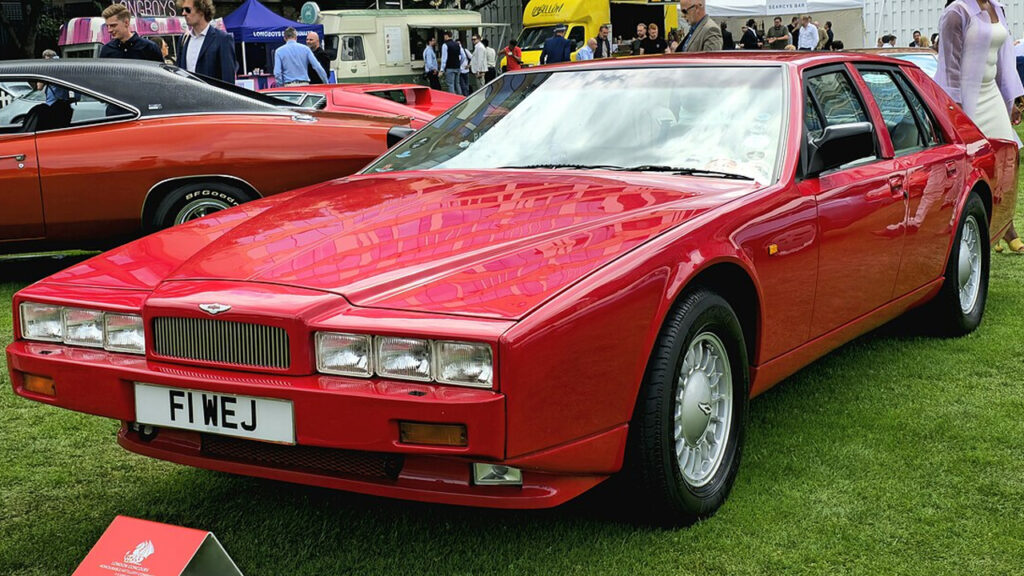
The Lagonda looked like it came from the future and had digital everything — a novelty in the ’70s. But that futuristic tech failed constantly. Dashboards would glitch out, electronics would die, and the whole thing felt like a prototype.
Only 645 were made before Aston Martin stopped the experiment. It’s remembered more for its problems than its promise.
9. Suzuki X-90 (1995)

It was a two-door SUV with T-tops and a tiny trunk — the X-90 was weird, even for the ’90s. Suzuki was trying something new, but the market just didn’t bite. People couldn’t figure out what it was supposed to be.
It barely sold, and after two years, it disappeared from the lineup.
10. Chrysler TC by Maserati (1989)
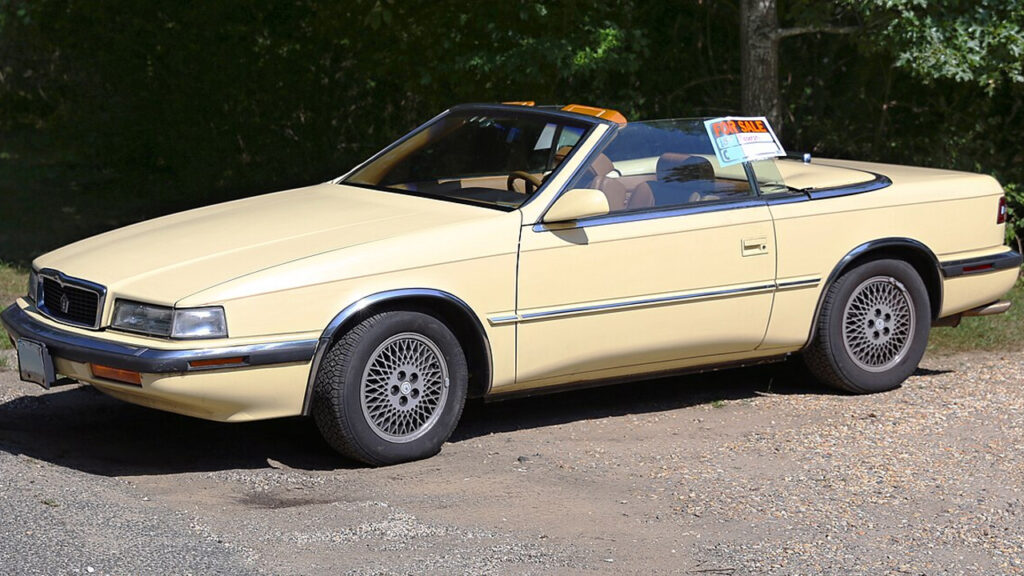
This was supposed to be a luxurious Italian-American partnership. Instead, the Chrysler TC by Maserati ended up looking almost identical to the cheaper Chrysler LeBaron. Buyers were understandably confused — and unimpressed.
The high price didn’t help, and it sold poorly until it was quietly killed off in 1991.
11. Renault Alliance (1983)
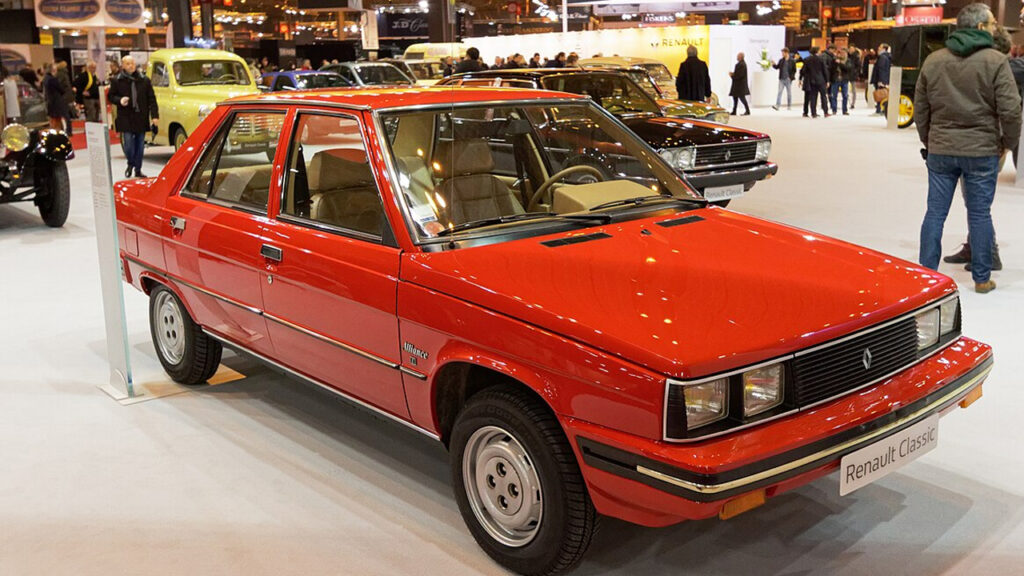
American Motors teamed up with Renault to bring the Alliance to U.S. buyers, and at first, it seemed like a hit. It got decent mileage and looked fine for the era. But reliability issues started to mount.
Over time, people lost trust in the car’s durability. What started strong ended with a slow fade-out from dealerships.
12. Jaguar X-Type (2001)
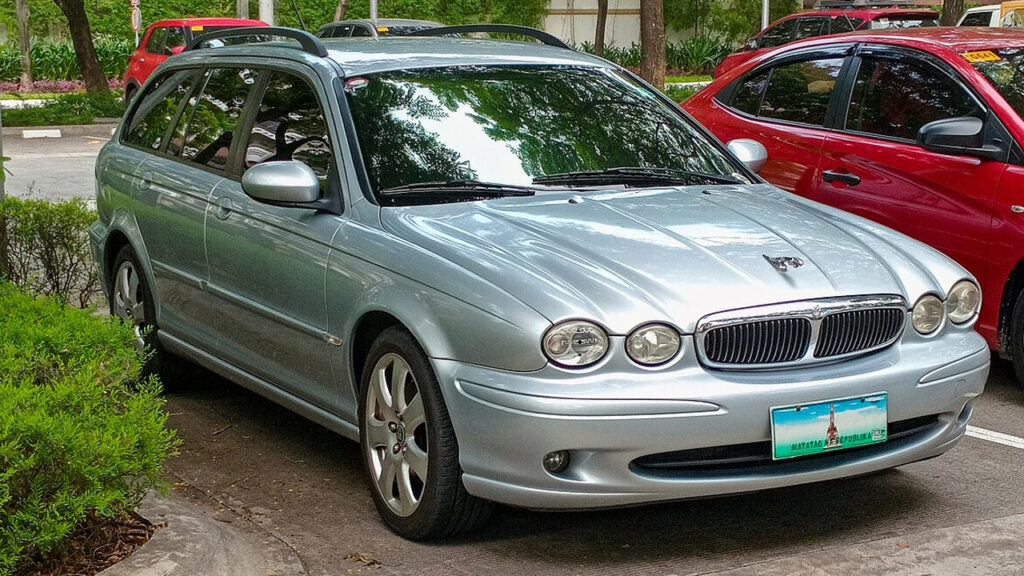
The X-Type was Jaguar’s push to get into the entry-level luxury market. But with front-wheel drive and a platform borrowed from Ford, it didn’t sit well with loyal fans. It just didn’t feel like a proper Jag.
It struggled to attract new buyers and never quite earned respect in its segment. Jaguar discontinued it in 2009.
13. Saturn Ion (2003)
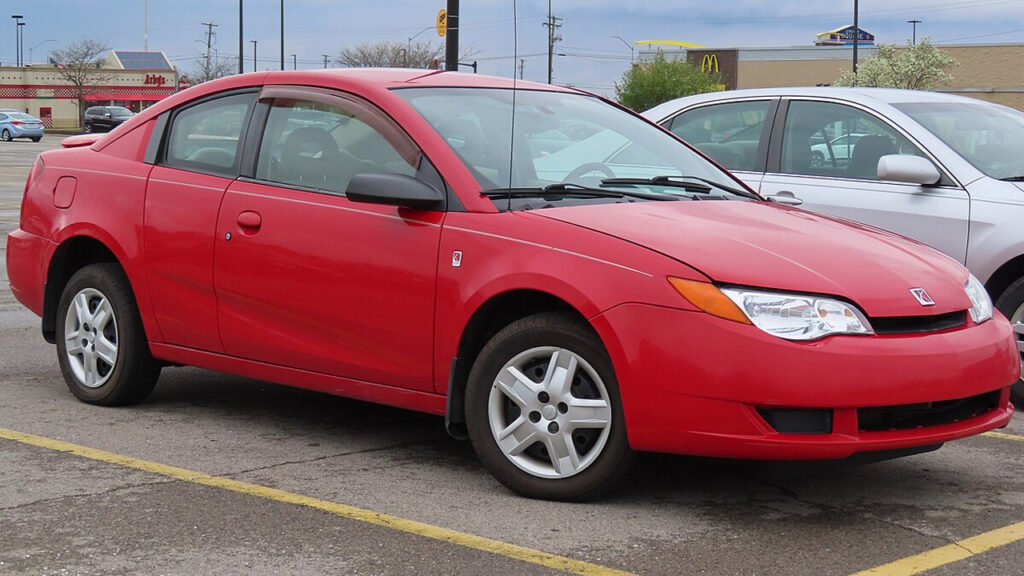
The Ion replaced the popular S-Series, but the upgrade felt more like a downgrade. Cheap materials, odd interior layout, and underwhelming performance kept it from standing out. It couldn’t keep up with the Honda Civics and Toyota Corollas of the world.
By 2007, Saturn had moved on — and not long after, the entire brand was gone.
14. Mercedes-Benz R-Class (2006)

Mercedes called it a “sports tourer,” but nobody knew what that meant. It was kind of a minivan, kind of a crossover, and kind of expensive. The R-Class tried to be everything but didn’t excel at anything.
Sales lagged, and it quietly vanished from U.S. showrooms by 2012. It’s rarely mentioned in Mercedes history for good reason.
15. Tesla Cybertruck (2021)
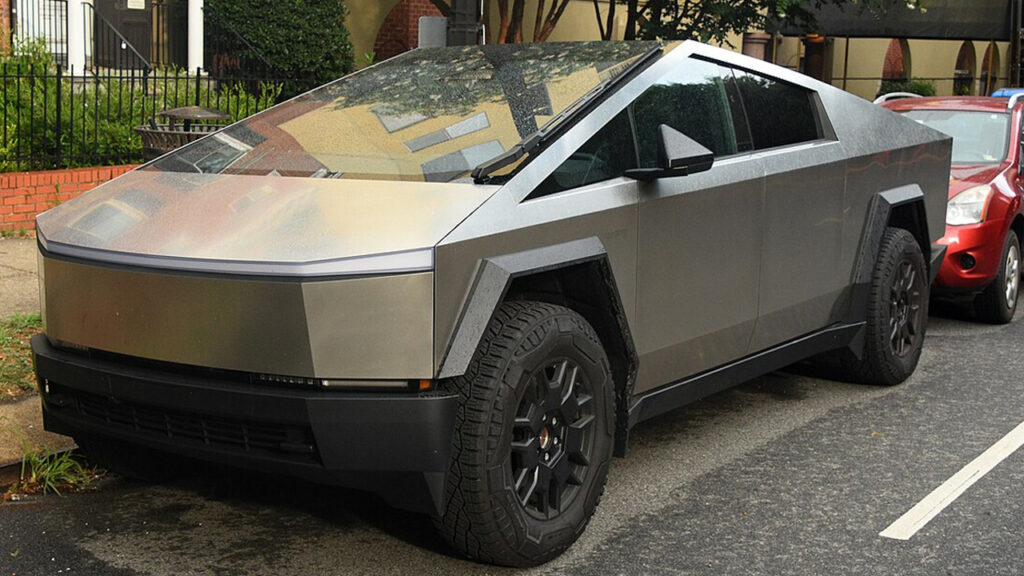
Few vehicles have launched with as much buzz as the Cybertruck. Its angular, sci-fi look divided opinions from day one. Then came the delays. Promises of performance and durability were slow to materialize — and even when it finally arrived, safety concerns and production hiccups followed.
Now, some are comparing it to the Edsel — overhyped and underdelivered. Despite the Tesla name behind it, the Cybertruck’s long-term success is still uncertain. (Source: Forbes)
